Looking beyond the hype: AI’s real potential as a transformative technology
By: Brad Howarth, researcher, speaker and author
Hype is a familiar concept in the IT industry, where the latest popular new idea can suddenly become imbued with promises well beyond its initial capabilities.
Artificial intelligence is the latest technology to receive the hype treatment. Stories about AI are now commonplace within the technology and business press, with perspectives ranging from an AI-driven utopia through to the machines destroying more jobs than they create.
That in turn is helping to fuel investor interest.
“We are in the middle of an AI bubble,” says Halim Abbas, head of data science at the health-focused AI developer Cognoa. “It’s akin to the dotcom bubble back in the 1990s, where there seems to be a perception that everything involving AI is potentially valuable. There are a lot of startups here in Silicon Valley that are getting investments from VCs at beefed-up valuations just because they claim to be working in or around AI.”
Abbas says this heightened attention is overshadowing AI’s true ability as a transformative technology. The danger is that while high-value AI projects are now attracting the funding they need, money is also rushing into less reputable or useful ventures, which may result in a market correction that makes it harder for all projects to raise funds. And that could ultimately stifle some very useful and innovative developments in fields such as healthcare.
“I’ve been working in AI for a while, and it does wonderful things, but there isn’t such a big noble factor in recommending the best sneakers for you to buy,” Abbas says. “Cognoa on the other hand is building cognitive screening tools that look for developmental delay in young children.
“It’s great that we can recommend sneakers, but there is an order of magnitude of the difference in significance when you are giving parents peace of mind about their children.”
AI is by no means a new concept, but it is becoming more accessible. In the past few years we have seen the release of numerous new products and services that display elements of true intelligence, ranging from consumer applications such as chatbots and Google Home through to powerful commercial systems such as IBM Watson.
But the rush of AI into public awareness has also carried a distinctly negative tone, as pundits have questioned the extent to which it will replace humans across a number of professions.
According to the chief operating officer and vice president of ecosystem development at the community-focused data management company BrightHive, Natalie Evans Harris, the fact that hype has centred around robots and the ‘cooler’ aspects of AI has meant that many of the more beneficial aspects have yet to surface.
“When you think about what it can do in the health industry, when you think about what it can do in research and other areas, it is going to be huge,” Evans Harris says. “And that is going to happen so much sooner.
“It’s exciting as we see things like natural language processing become more of a norm in our community, and it is the right thing to happen. But I do not believe the robots are going to take over the world.”
The managing director and chief digital officer for the Centre for Digital Business, Marie Johnson, agrees that focusing on negative possibilities undermines the very positive outcomes that AI can deliver – something she has seen firsthand through three years spent helping to create a consumer-facing AI for the National Disability Insurance Agency.
“AI achieves a level of accessibility that is not otherwise possible, so it has a very humanising effect,” Johnson says. “There is a lot of hype around AI because everyone wants to be there and understand it. The hype comes from a little bit of ignorance - I don’t think organisations fully understand what is needed yet to unlock its huge potential.”
The data scientist, investor, consultant and former chief data officer for the City of Chicago, Brett Goldstein, points to significant breakthroughs in application-friendly AI technologies such as computer vision, interactive chat and unstructured data analysis as being part of the reason behind the hype, as this technology is now getting into the hands of everyday users.
But he warns the relative immaturity of many of these technologies and the companies supplying them means it is still very much a case of ‘buyer beware’.
“Don’t be bedazzled by a sexy UI (user interface),” Goldstein says. “You need to look hard and you need to look deep and you need to be able to understand what they are doing to bifurcate between what is real and what is hype.”
Critical to separating hype from reality with any product or service is the buyer’s ability to really understand the team behind it.
“If someone says they use only proprietary methods, that is a red flag,” Goldstein says. “If they have a leadership team that doesn’t have a senior data science person in it, that is red flag. If you ask them for their underlying methods, and it is not a known data modelling technique, you are going to want to look a little harder at that too.”
“Ultimately, if someone offers you perfection, it’s not real.”
